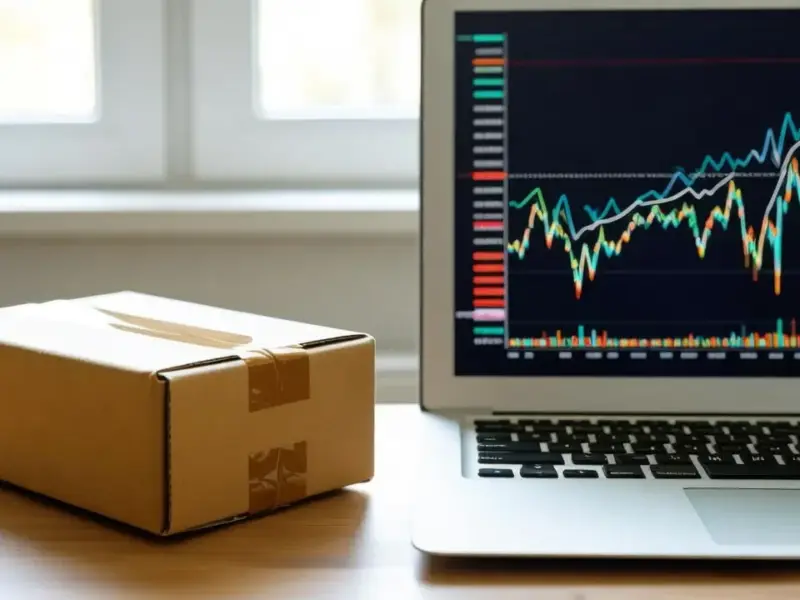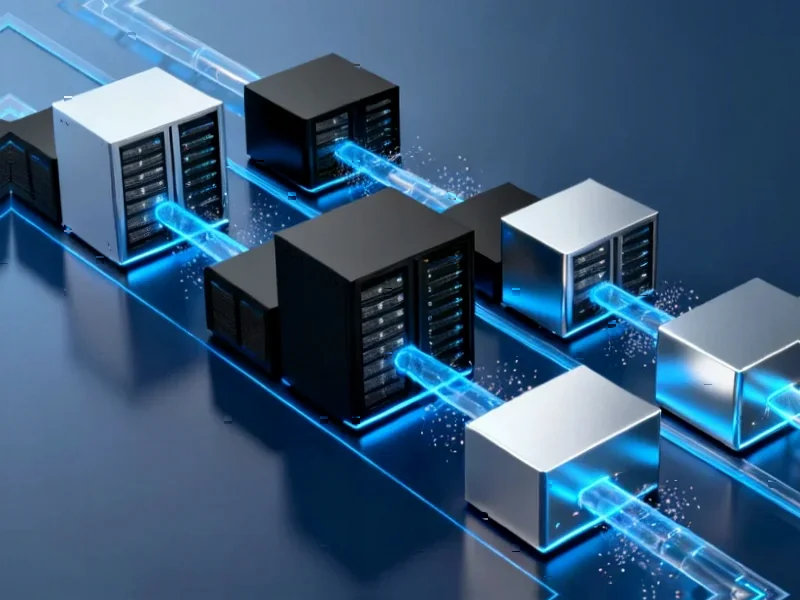According to Fortune, Wall Street is heading for a higher open Wednesday with S&P 500 futures up 0.4%, Dow futures up 0.3%, and Nasdaq futures rising 0.6% as the longest federal government shutdown in U.S. history could end as soon as today. The six-week shutdown has already reduced fourth-quarter growth by about 1.5 percentage points according to the Congressional Budget Office, with over a million federal workers unpaid since October 1 and thousands of flights canceled. Nvidia is down 5% this week despite being up 44% this year, while AI infrastructure partner CoreWeave tumbled 17% Tuesday after disappointing forecasts. The shutdown has also cut off crucial economic data that the Federal Reserve needs, potentially delaying a widely expected December interest rate cut as Fed Chair Jerome Powell acknowledges deep divisions within the committee.
The shutdown’s real costs
Here’s the thing about government shutdowns – the immediate drama of closed agencies and unpaid workers is just the surface. The real economic damage runs much deeper. We’re talking about disrupted food aid programs, air travel chaos that continues even after reopening, and most importantly, a complete blackout of economic data. The Fed is basically flying blind right now when it comes to unemployment, inflation, and retail spending numbers. That’s why Powell is sounding so cautious – how can you make rate decisions when you don’t have the data?
The AI stock reality check
So Nvidia‘s down 5% this week after that insane 44% year-to-date run. And CoreWeave’s 17% tumble? That’s the sound of AI investors getting a cold dose of reality. These stocks have been priced for perfection, and when companies like CoreWeave come out with forecasts that are merely “great” instead of “absolutely mind-blowing,” the market punishes them. It’s reminding everyone of the dot-com bubble warnings we’ve been hearing. But then you’ve got AMD surging 5% on strong data center forecasts – the AI demand story isn’t dead, it’s just getting more selective. The question is whether this is healthy consolidation or the start of something worse.
The Fed’s impossible position
Jerome Powell basically admitted what everyone suspected – the Fed is deeply divided and completely uncertain about what to do next. They were widely expected to cut rates in December, but now? Who knows. The economic data blackout means they’re making decisions in the dark, and with inflation concerns still lingering, they can’t afford to make a mistake. It’s the worst possible timing for this kind of uncertainty, especially when the economy was already showing signs of stress before the shutdown even began.
Where do we go from here?
Look, the market’s trying to put on a brave face with these futures gains, but the damage is already done. That 1.5 percentage point hit to Q4 growth? That’s real money, real economic activity that just vanished. And for tech investors who’ve been riding the AI wave, this might be the moment they start asking harder questions about valuations. Are these companies really worth what we’re paying? The shutdown ending provides some temporary relief, but it doesn’t erase the underlying economic weakness or the bubble warnings that keep popping up. This feels less like a recovery and more like a pause before the next wave of uncertainty hits.




